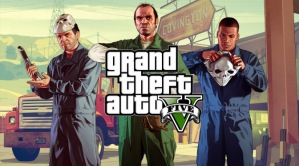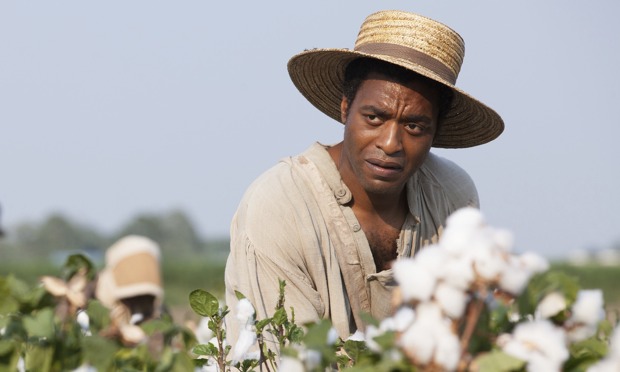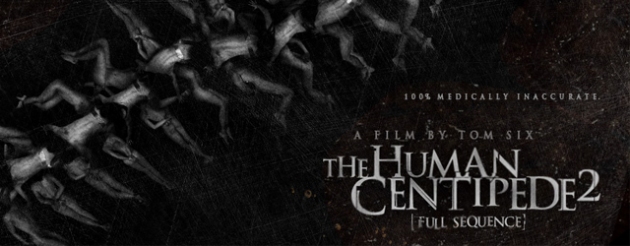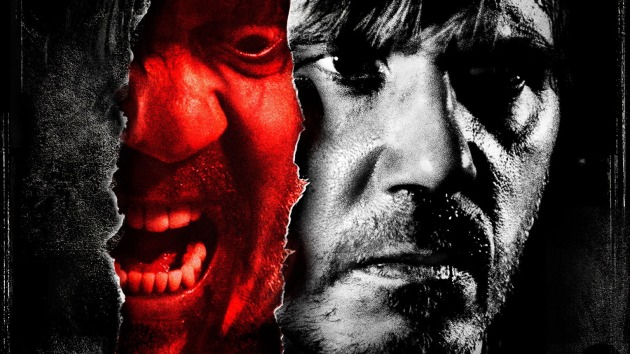In the UK, both films and video games are regulated and classified before they are available to the public. The BBFC is the organisation responsible for classifying films, whilst PEGI deal with video games. Films are submitted to the BBFC where they are then viewed and either classified for cinema and DVD release or sent back for cuts.
To purchase either films or video games once they have been classified, requires getting past a physical gatekeeper. For example, ticket stands in cinemas or shop assistants when purchasing a DVD or game. These people enforce these rules because of the trust placed in both the BBFC and PEGI to classify our media. Despite these gatekeepers, there are still a number of problems with regulating the media which mean the public cannot be fully protected. Piracy means people do not have to go through gatekeepers to consume certain forms of media, a child may easily have access to a higher rated film. Lack of parental cooperation means that often parents buy their children 18 rated video games such as GTA V, which is targeted at teenage players. There are plenty of unregulated sources such as the TV and youtube, where young people can still view the same material. There is also a varying level of maturity amongst children and teenagers, making it difficult to regulate media to suit everyone.
However it is clear that the BBFC have the right intentions when it comes to regulating our media. Both ‘The Hunger Games’ and ‘The Woman in Black’ attracted younger audiences. The BBFC knew this and requested cuts for the films so that they were able to be shown in cinemas as a 12A meaning younger audiences could see the films and extreme content was cut. At the other end of the spectrum there have been films that have struggled to obtain an 18 rating, The ‘Human Centipede II’ for example that contained horrific scenes of gore and mutilation. Yet there is a view that adults should have the freedom to choose their own entertainment, therefore films such as this and ‘A Serbian Film’ have been passed 18 with cuts. On the other hand it could be argued that these films were passed because banned films tend to have a ‘forbidden fruit’ appeal, leaving uncut material available to the public.
There is little evidence to suggest that offensive or inappropriate material in films or games lead to crime. But still they commonly blamed for violent attacks. This is known as a moral panic, newspapers and magazines often use violent video games as an explanation for crime because their target readers are middle aged adults who are likely to have preconceptions about new forms of media. This can be seen in the Ann Maguire case of 2014, it was often mentioned that her murderer played violent video games such as Dark Souls II.
There is a view that video games should be more strictly regulated because they are so violent and this differs from the view of films because it can be argued that video games are more immersive and realistic. Players are active and making their own choices rather than passively taking in what is shown in film. GTA V was heavily criticised for having scenes in which the player had to decide whether to torture someone with a wrench or a car battery with wires, meaning the player was making choices much more actively.
However, it is only a small minority of people who will be negatively effected by the violence in video games and often it won’t be the game itself causing people to carry out antisocial behaviour. In the case of Anders Breivik, he planned his attack before using video game simulations on ‘Call of Duty’ to practice, showing the game did not manipulate or sway him to crime. Despite millions of copies of games sold, there are very few cases of violence and antisocial behaviour, indicating that regulation does protect the mass public as well as possible.
There should be some leeway when it comes to allowing adults freedom to choose their own entertainment. Small cuts are necessary to protect minors and vulnerable social groups, despite being unlikely to have a notable effect. The media is regulated for the man on the clapham omnibus, therefore we cannot take into consideration minorities whose choices are unlikely to be affected by the media that they consume. Criticism and complaints are inevitable because of varying maturity levels within children and teenagers, however the majority of audiences will be satisfied and the small efforts of the BBFC and PEGI will be effective.











